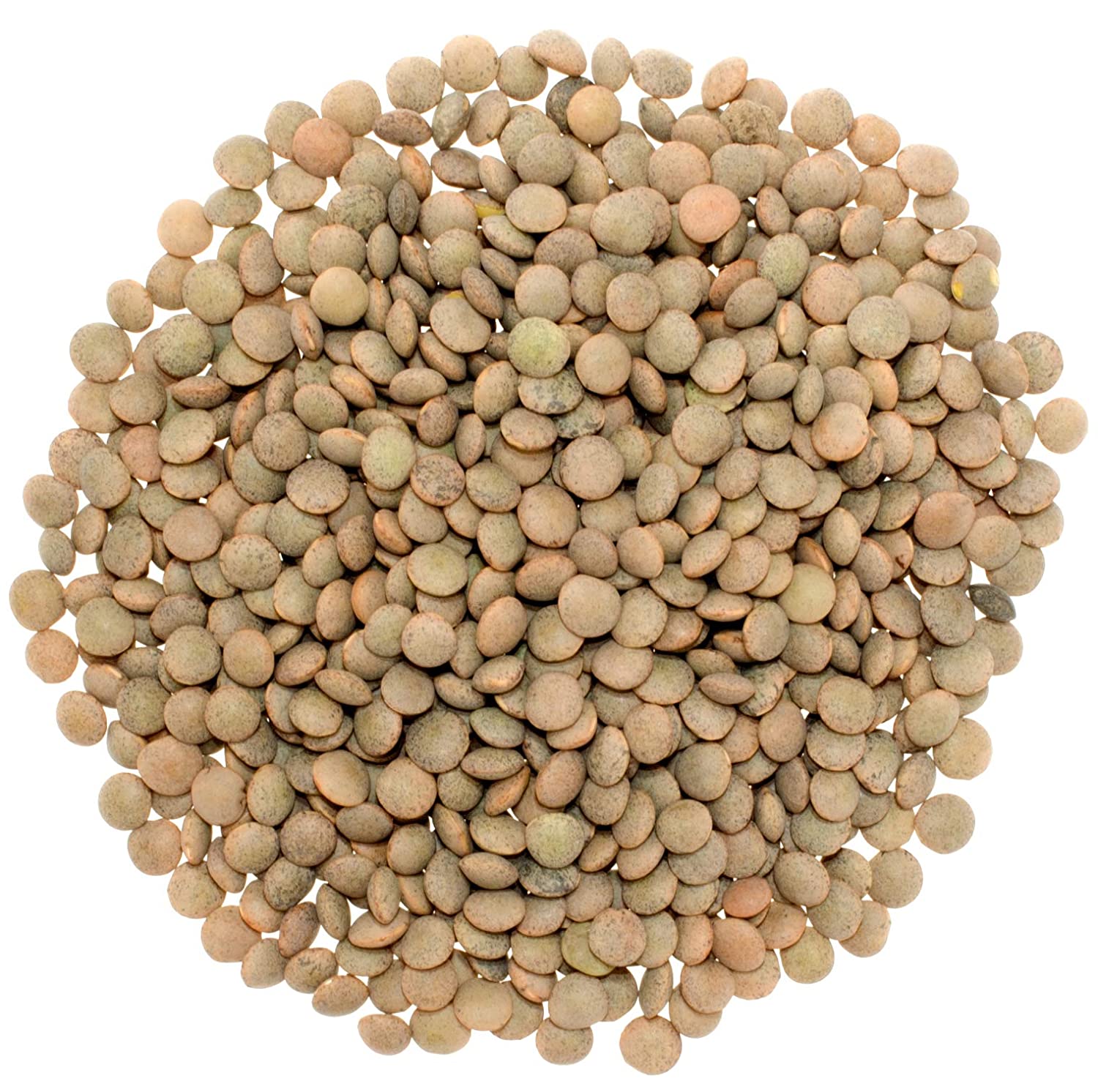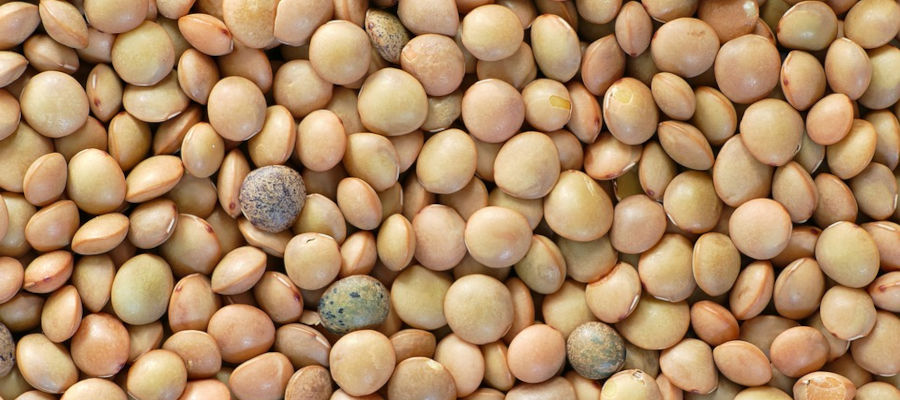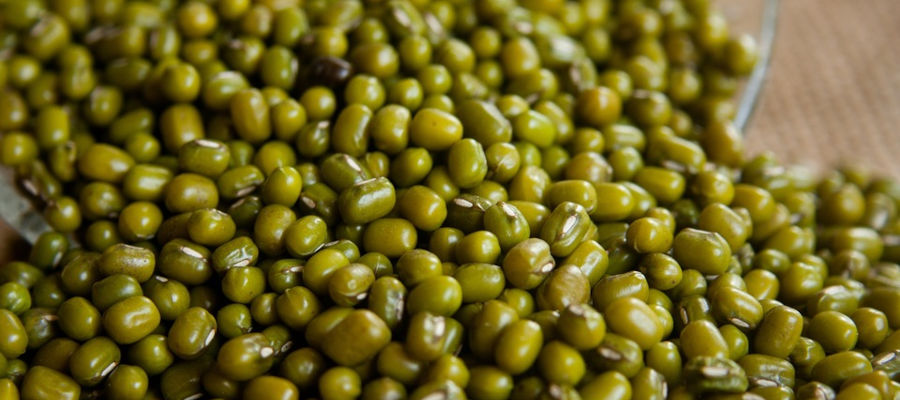Before we tell you more about the health benefits of eating brown lentils, we want to tell you more about the lentils. Brown lentils are one of the many different types of available lentils. They are slightly lens shaped and are believed to have gotten their name from their shape for that reason. Brown lentils are one of the oldest-known lentils and food sources and can be dated back to being eaten as long as 9,000 years ago.
What is the history of lentils?
Brown lentils have long been consumed before even the invention of milling machines that made it easier for them to be processed and eaten. To harvest and process lentils, the husks must first be removed, which is a common way of processing them today.

Brown Lentils
What do Brown lentils taste like?
Brown lentils have a subtle, discreet flavor that makes them a nice addition to dishes needing extra texture without changing the taste of the meal. They have a mild flavor that is often categorized as earthy and nutty, and because of their rather neutral taste, they can easily be flavored to taste like just about anything that you want to cook them with.
Health benefits of eating Brown Lentils
There are many beneficial properties that come with consuming nutrient-dense brown lentils. These lentils, like much of the lentil family, are packed full of protein. This makes them a perfect choice for those who are looking to get their protein intake from plant-based sources instead of animal-based sources. These Brown lentils are also known for their high-fiber content, a nutrient that is crucial for a healthy gastrointestinal system and a well-regulated digestive tract. Full of iron, these Brown lentils may also help to alleviate symptoms of anemia or help you heal of the condition entirely.
Brown lentils contain a lot of protein
One of the health benefits of eating brown lentils is the supply of protein that they can provide. Dried pulses are considered the most important source of protein among plant foods. This makes them a great alternative to meat - not only for people on a vegetarian diet. Lentils are even particularly high in protein among pulses. Protein is composed of amino acids. There are various amino acids that the body needs but cannot produce itself. In plant foods, single or several of these essential amino acids are contained in smaller quantities on average than in animal foods. This is why the body cannot utilise vegetable protein as well as animal protein. However, the problem can be solved by combining different vegetable protein sources. Lentils, for example, contain a lot of lysine but little methionine and cysteine, whereas the opposite is true for cereals. The amino acids in lentils and cereals are therefore complementary. The combination of lentils and cereal products (such as bread, rice or pasta) in one meal increases the value of the vegetable protein.
Lenses fill up your stomach
Lentils lead to a long lasting feeling of satiety. This is because, in addition to the high protein content, lentils provide plenty of digestible carbohydrates and also many non-edible fibres. Normally, the blood sugar level rises quickly after a carbohydrate-rich meal and then drops again quickly, which leads to a feeling of hunger. However, the fibre in the lentils ensures that blood sugar levels only rise slowly after eating.
Lentils stabilize blood sugar
Another reason why we praise the health benefits of eating brown lentils is because of what they can do for your blood sugar. The fact that the fibre in lentils only slowly increases blood sugar is also reflected in the glycemic index: the glycemic index is a measure of how carbohydrates from food affect blood sugar. Lentils have a low glycemic index of 29, so:
- regular consumption of the pulses generally reduce the risk of type 2 diabetes
- People with type 2 diabetes help to keep blood sugar fluctuations low in both the short and long term
Lenses are good for your figure
Dried lentils contain so little fat that they are considered to be virtually fat-free. They also have a low energy density. This means that in relation to their quantity, lentils have only a few calories. If you prefer foods with a low energy density, it is easier to maintain or reduce your body weight. The fact that the high content of protein, fibre and carbohydrates in lentils causes blood sugar to rise slowly and fill up for a long time also helps to maintain or reduce weight. As you can see, the health benefits of eating brown lentils can also be found when looking at your figure.
Growing lentils makes ecological sense
Lentils are not only healthy for humans, but also for the soil. Like all legumes, lentils can bind nitrogen from the air at their roots with the help of nodule bacteria. This is why the plant does not normally need any additional nitrogen fertilisation. The lentil even releases some of the nitrogen into the soil. This increases soil fertility and supports sustainable agriculture. In addition, the plant is an enrichment for the biodiversity on the field. So there are many good reasons to put lentils on the menu more often.


